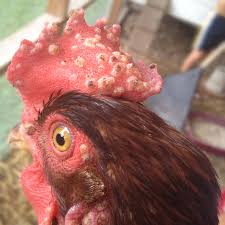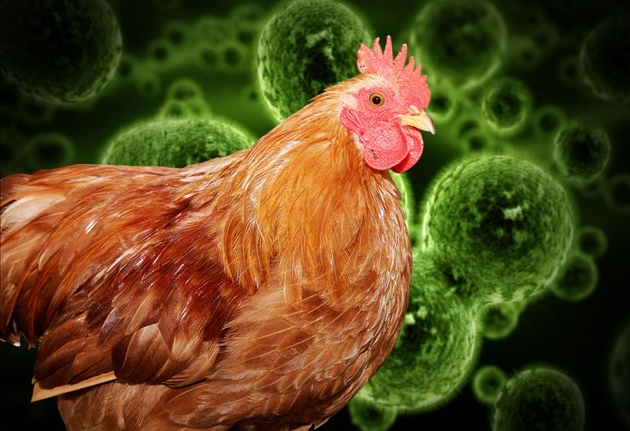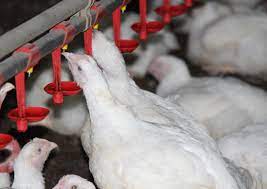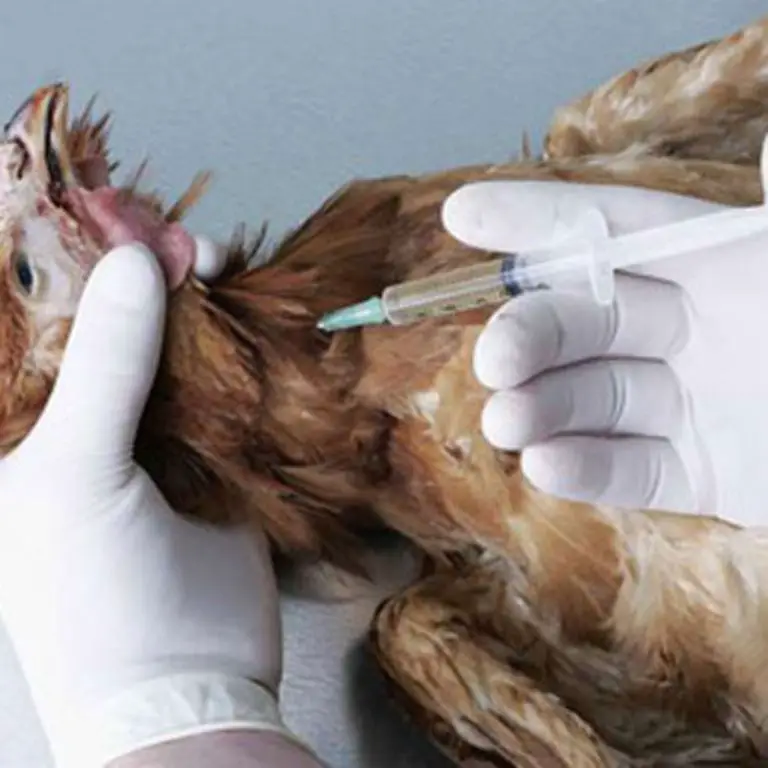How To prevent Fowl pox In Poultry in Nigeria

How To prevent Fowl pox In Poultry in Nigeria
The poultry business is one of the most ventured farming businesses in Nigeria, and just like any enterprise, it comes with its risks and challenges. One of the major challenges is disease outbreaks.
Disease outbreaks can be difficult to control especially if one has little or no knowledge about the disease and the result can be very devastating.
It is good to note that one of the criteria for a success story in poultry is good management of disease outbreaks and prevention. However, there are many diseases associated with this agribusiness and one of the main diseases in Nigeria is fowl pox.
“Fowl pox” is a viral disease that affects chickens and other birds. It is brought on by the avian poxvirus, which is divided into at least three strains or varieties: the canary poxvirus (CPV), which affects a variety of wild bird species, the pigeon poxvirus (PPV), which affects pigeons, and the fowl poxvirus (FPV), which affects chickens and turkeys.
Arthropods, mostly mosquitoes, that bite flocks can spread the disease if a latently infected new bird is introduced into the rest of the flock.
Many risk factors can increase the likelihood of hens getting fowl pox. These include:
- Inadequate biosecurity measures
- Overcrowding of birds
- Inadequate vaccination
- Stress
- Weather
- Poor hygiene
- Inadequate nourishment
It is important to keep in mind that, if the afflicted birds are not isolated, chickenpox can spread from one bird to another.
How to Prevent and Treat Salmonellosis
Symptoms Of Fowl Pox
Fowl Pox has various kinds of symptoms that can be quickly noticed in the affected birds and it is important to be vigilant for early detection to prevent a total outbreak of the disease. These symptoms include:
Yellow pimples
Yellow pimples are fleshy, whitish lumps that can grow and spread out to produce masses of yellow crusts. In roughly a week, these scabs turn darker and peel off. Though they can appear on other regions of the body, they mostly affect the face, comb, and wattle.
Difficulty in eating and breathing
Eating and breathing may become difficult when wet pox (diphtheritic) develops as ulcerous, cheesy lumps in the mouth, nose, and occasionally throat regions. Wet pox can cause birds to seem ill and in rare circumstances, even kill them. Infected flocks typically have low mortality rates.
Low weight and low egg production
The biggest effects are poor weight gain and decreased egg production. This condition has minimal benefit from treatment because lesions usually heal in four weeks.
How to Prevent fowl Pox

Early vaccination
The birds should receive their vaccinations early in life since they will build a lifetime antibody to the virus. They will never contract the disease, not even if they come into contact with sick birds after being vaccinated.
Use of Pigeon Pox Virus Vaccine
Chicken should be vaccinated with pigeon pox virus. This vaccine is usually given to chickens when they are of age of 8–14 weeks of age, through the wing web method of injection. If a bird is given the vaccine they are exposed to a mild version of the active virus, they should be completely healthy to prevent severe illness while turkeys should also be routinely vaccinated.
Several other steps can be performed in addition to immunization to lower the risk of fowl pox infection in poultry. These consist of:
- Suitable biosecurity procedures
- Cutting down on mosquito exposure
- Examining sheds
- Eliminating mosquito habitats
- Providing a healthy diet
- Reducing stress
- Proper hygiene habit
- Quarantine new birds
- Quarantine infected birds when there is an outbreak then vaccinate unaffected birds.
Treatment
- Treat dry form lesions with Vetericyn, iodine, or antiseptic to prevent infection and speed up healing.
- Antibiotics should be added to the drinking water to prevent secondary infection in sick birds, in particular in birds affected by the wet form of the disease.
- Iodine should be added to drinking water at a rate 1 teaspoon of 1 % iodine solution per 4 liters of drinking water. It will promote recovery, in particular from the wet form of the disease.
In conclusion, while it is very possible to control this disease, it is crucial to note that preventive measure is better employed because of the enormous damage this infection might likely cause to the business in terms of low profitability, mental stress, and waste of time. Therefore, proper biosecurity, good hygiene, adequate nutrition, and early vaccination should be administered for disease prevention control and management.








